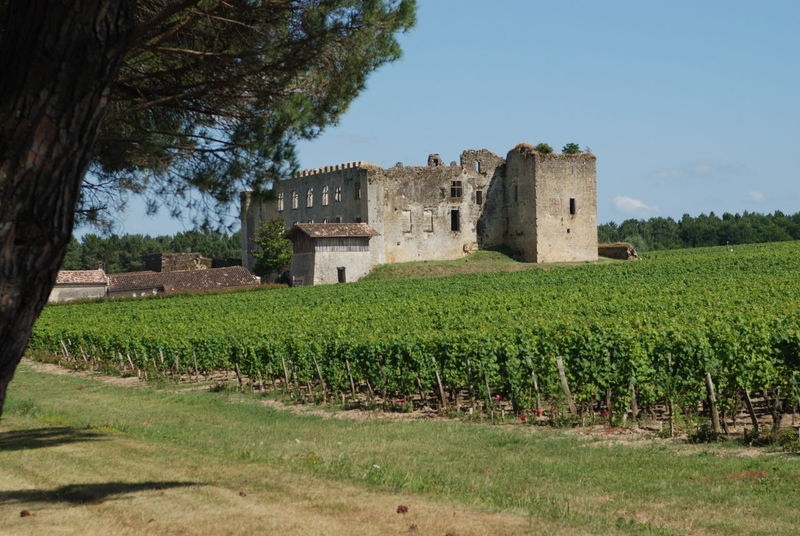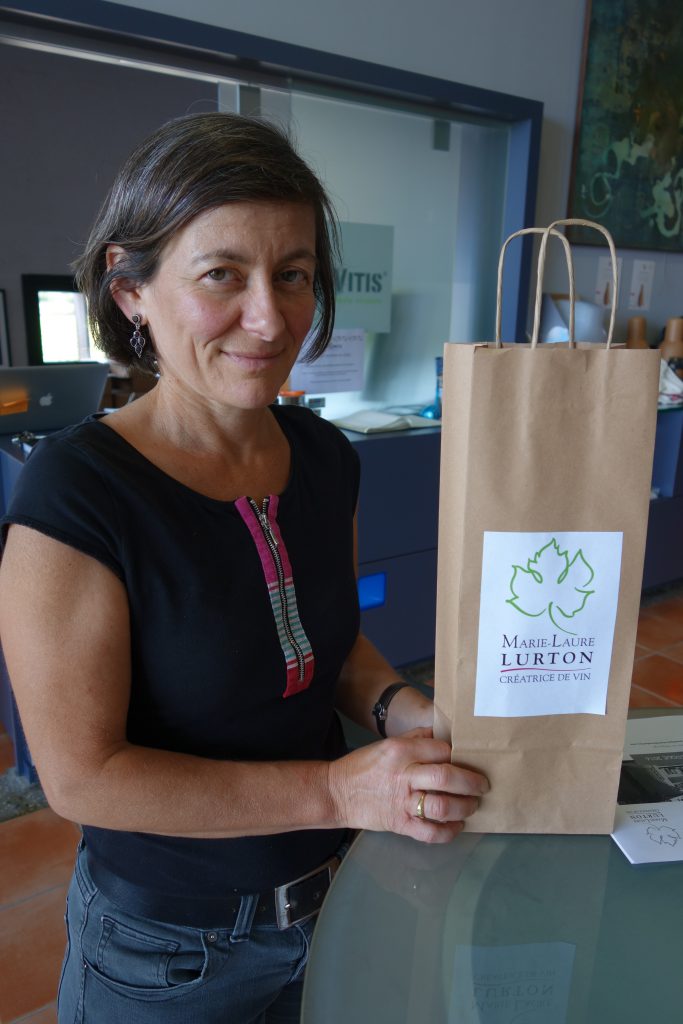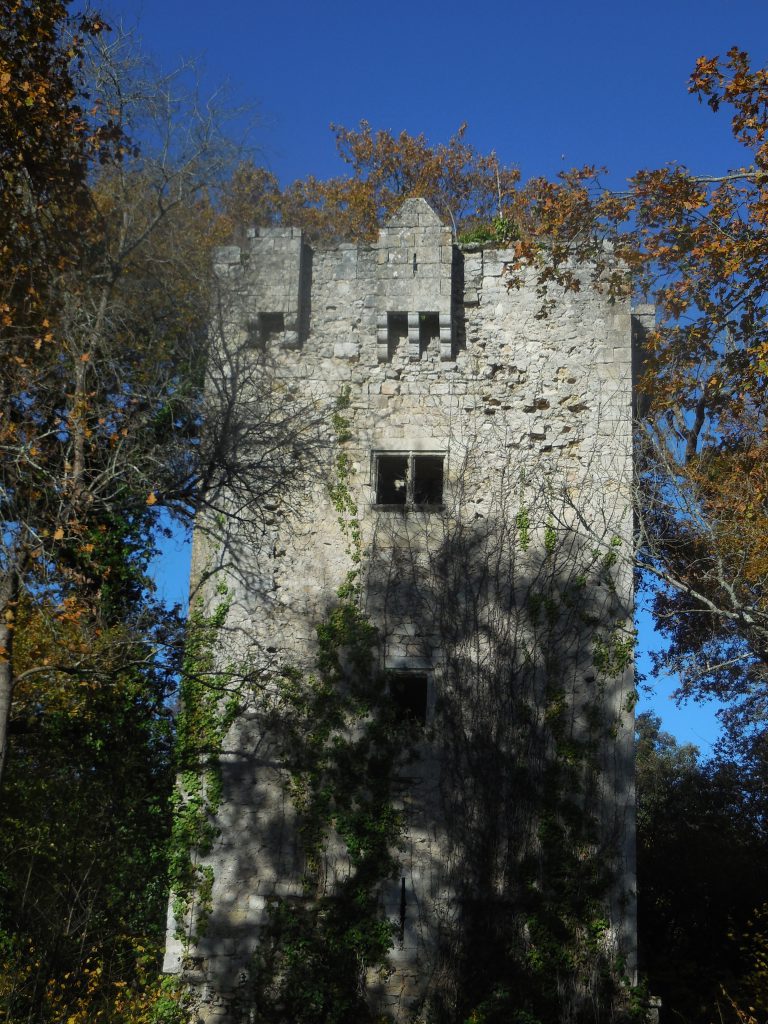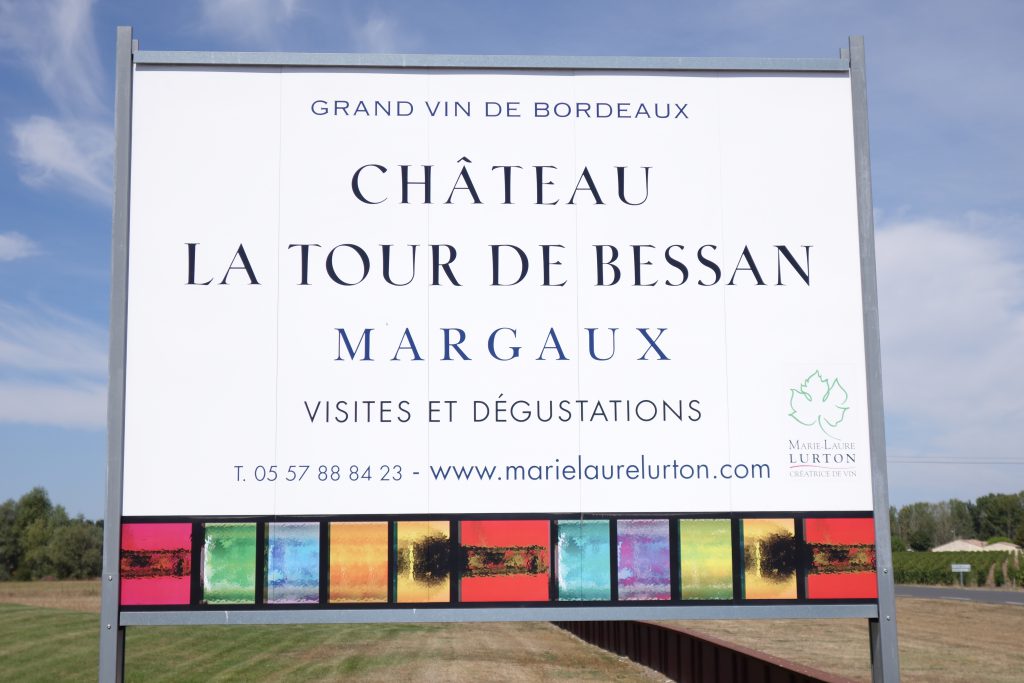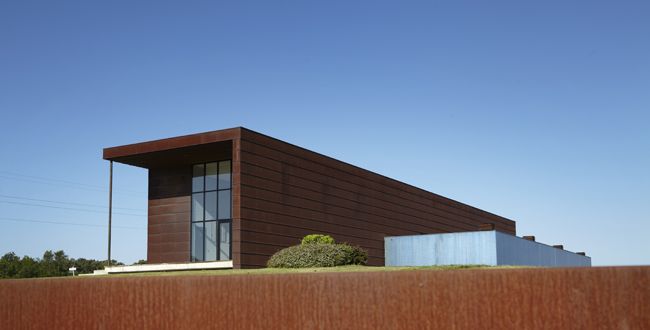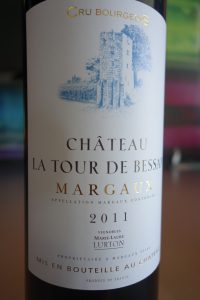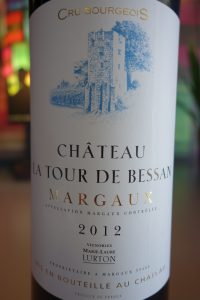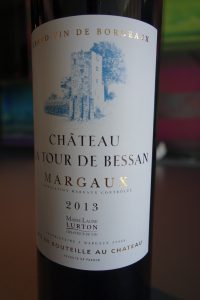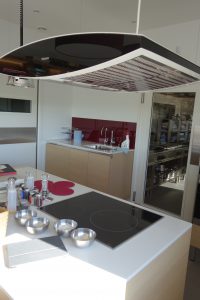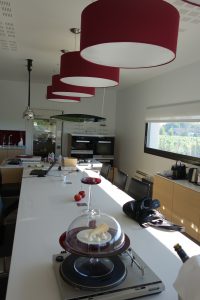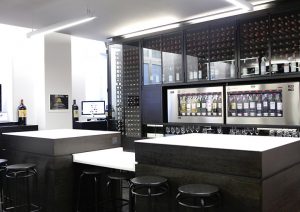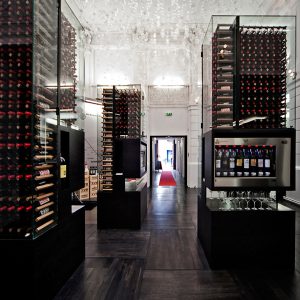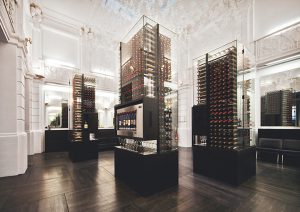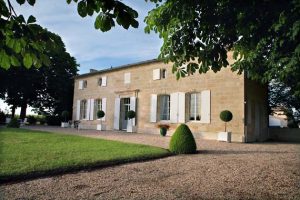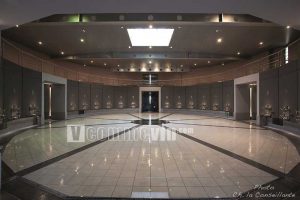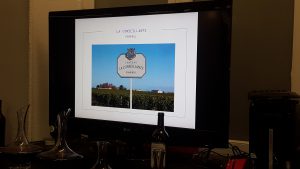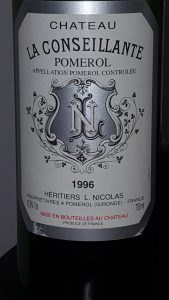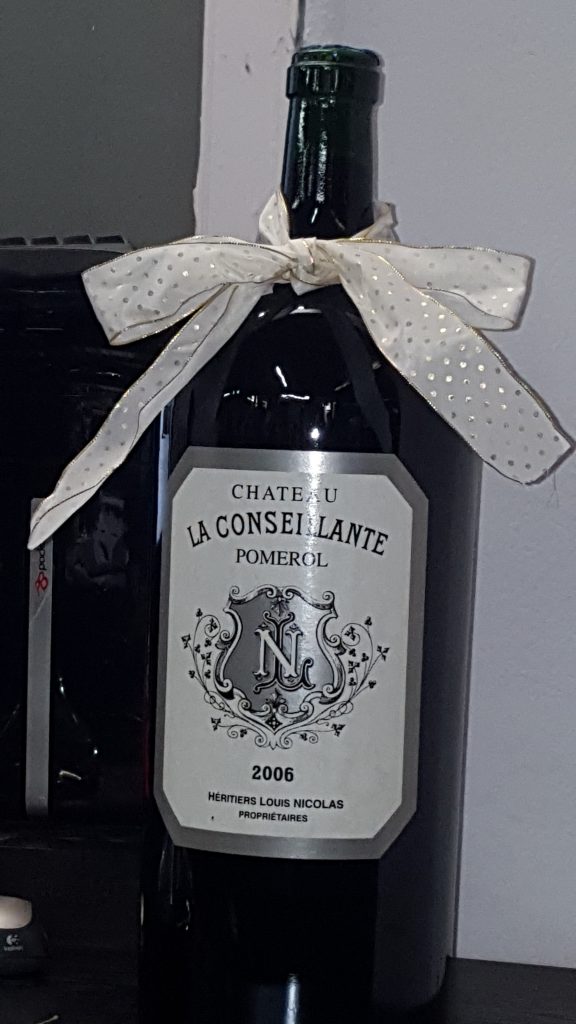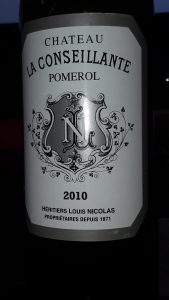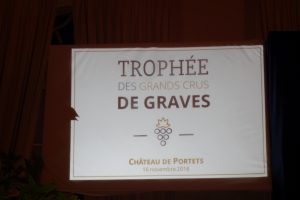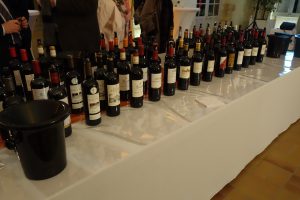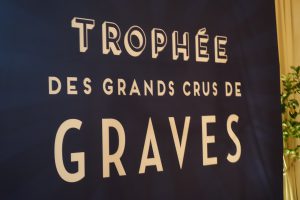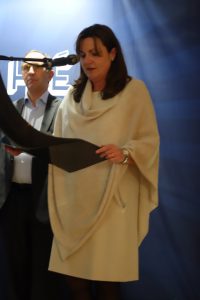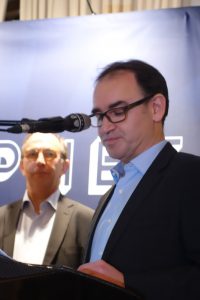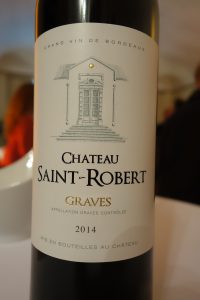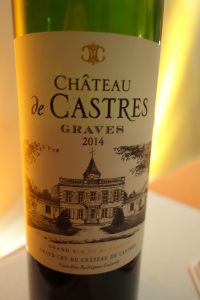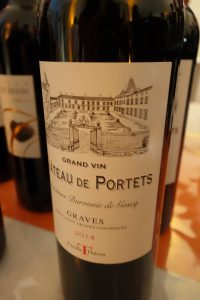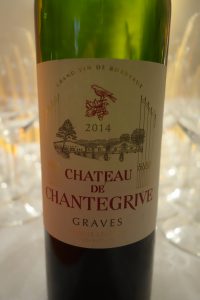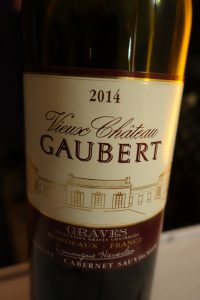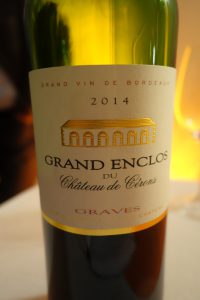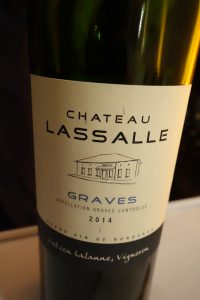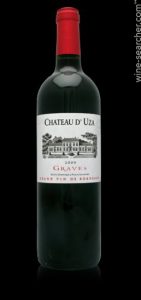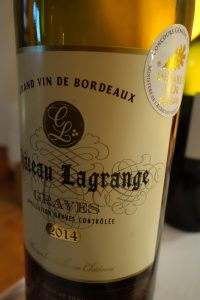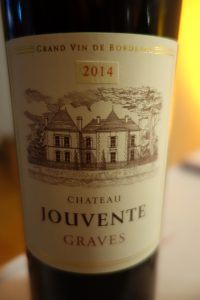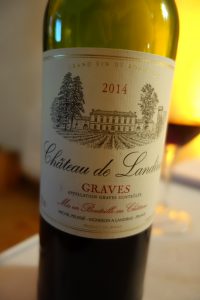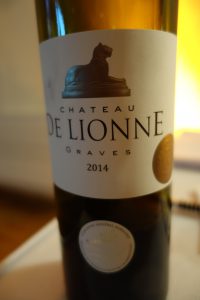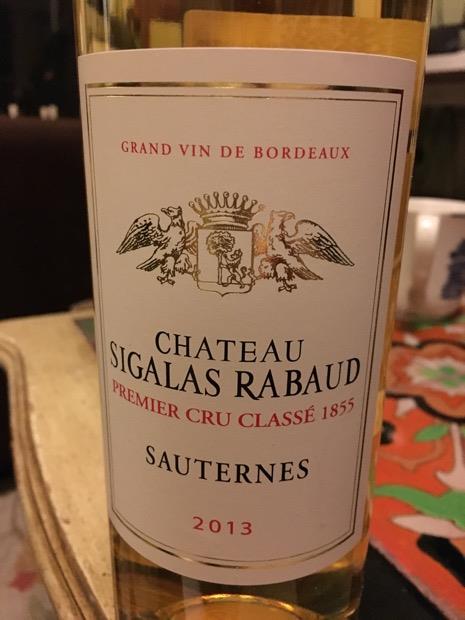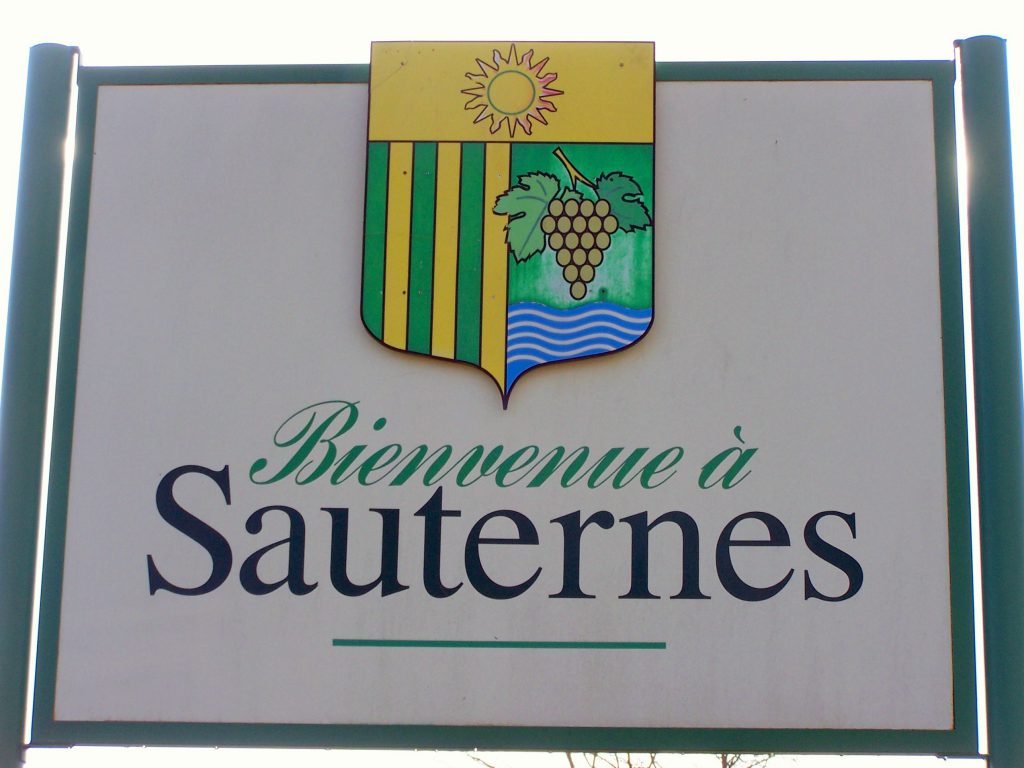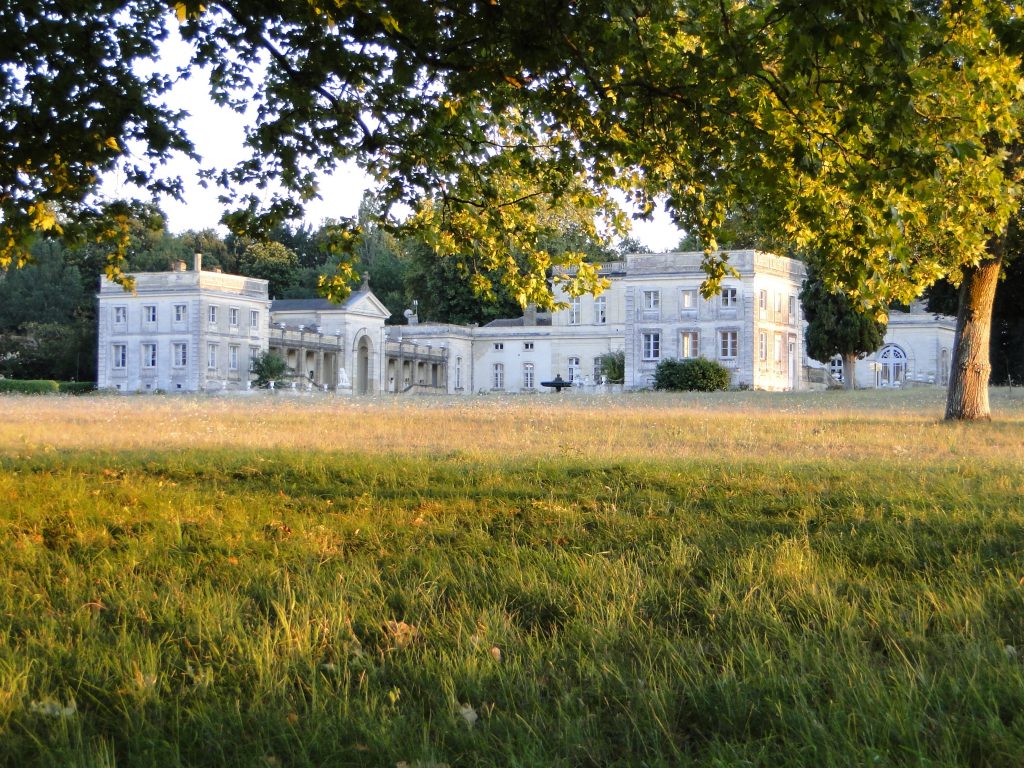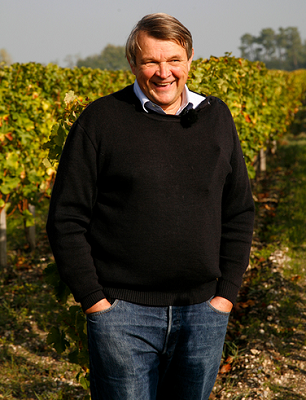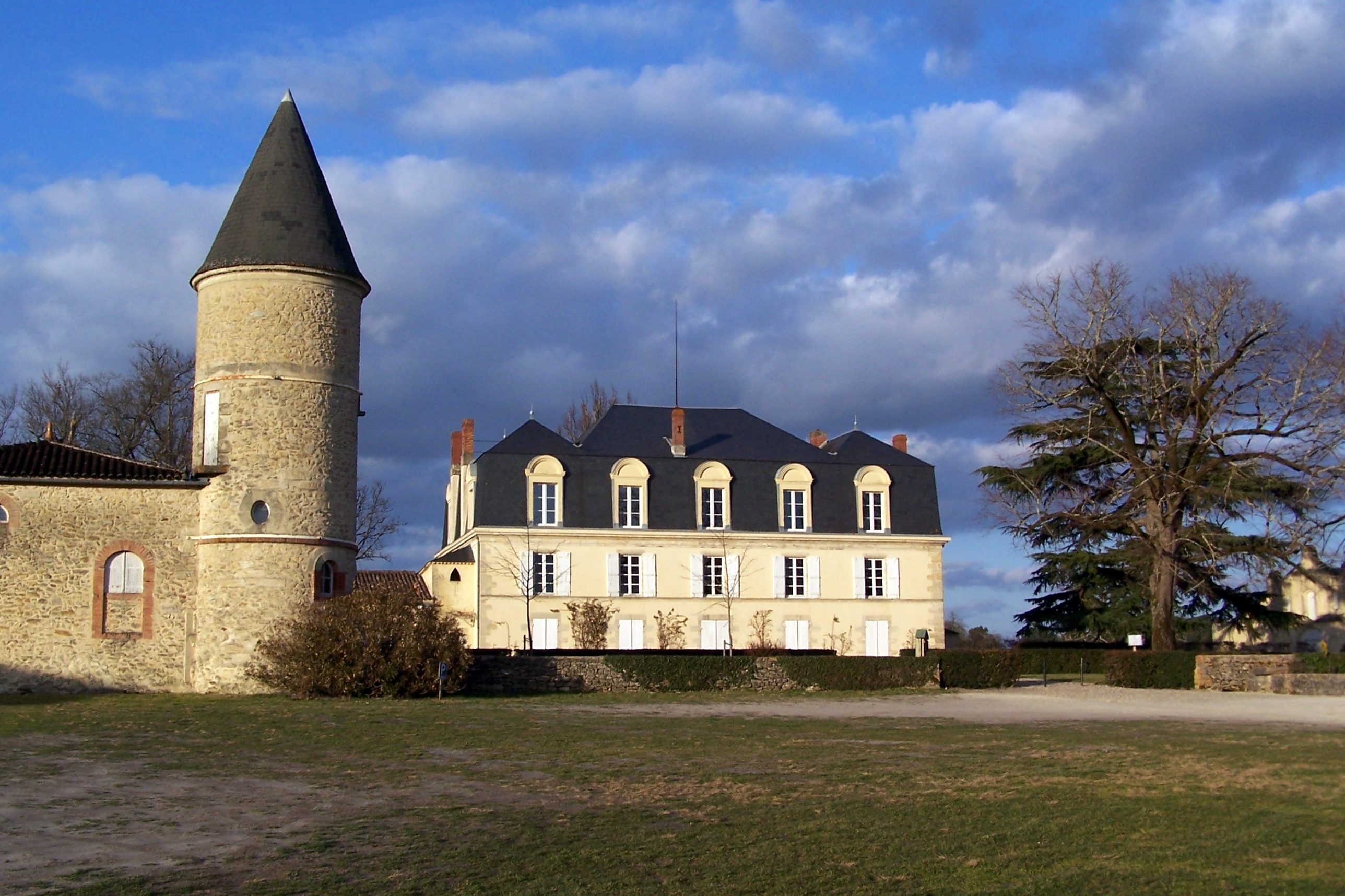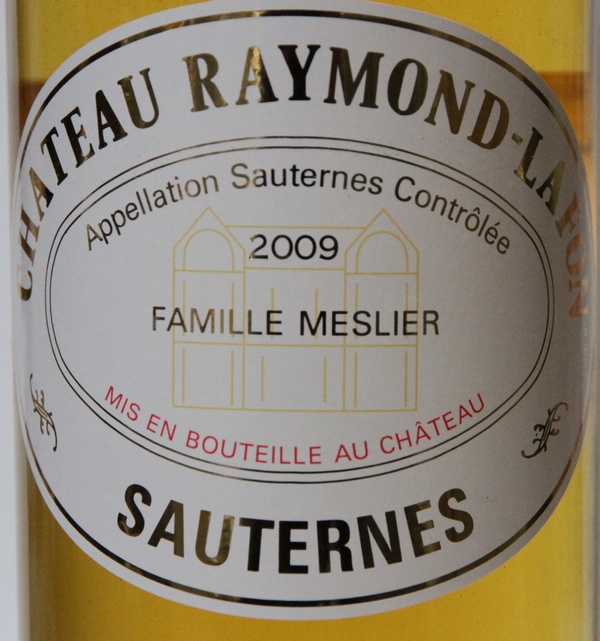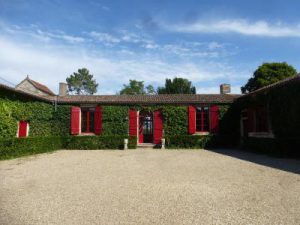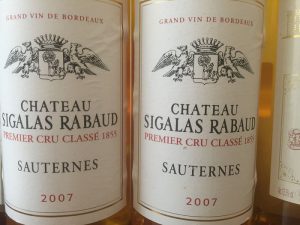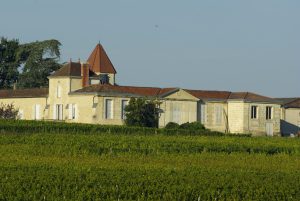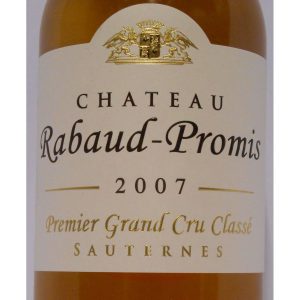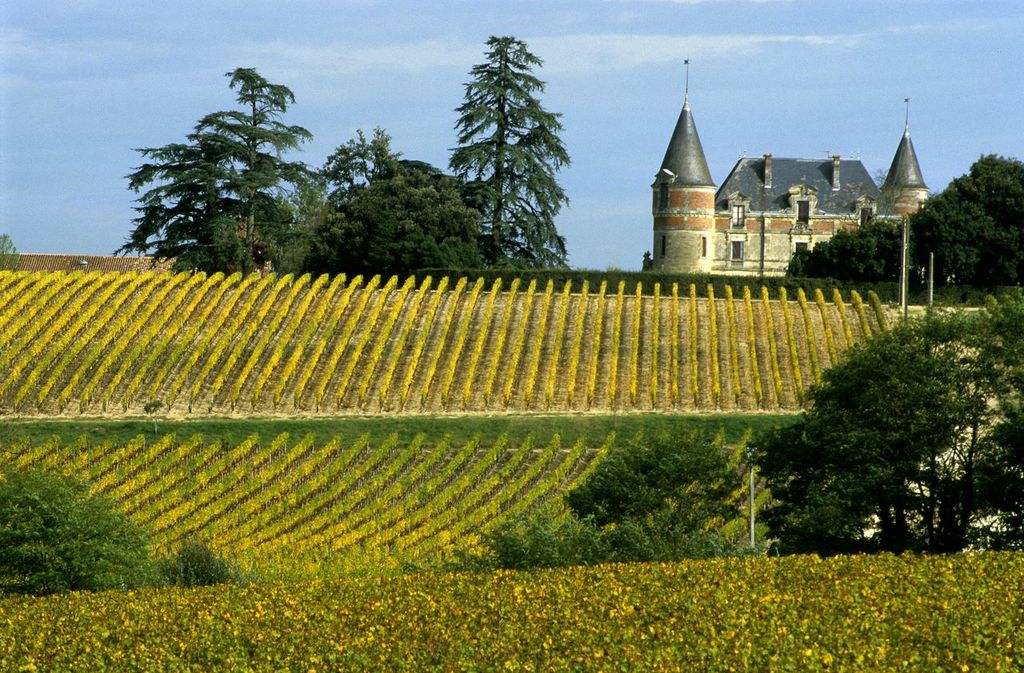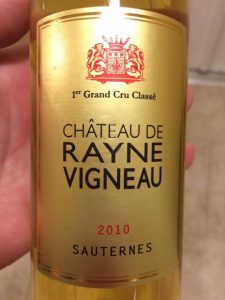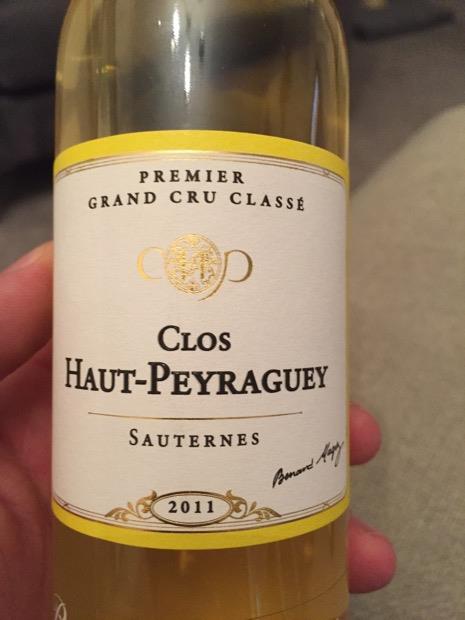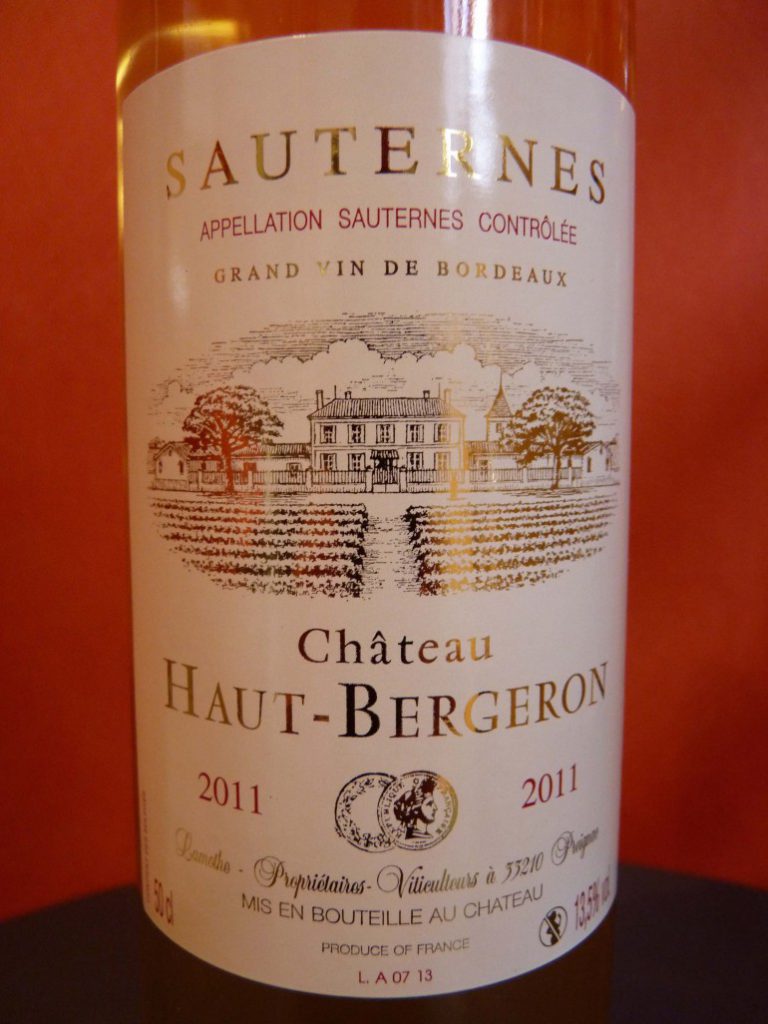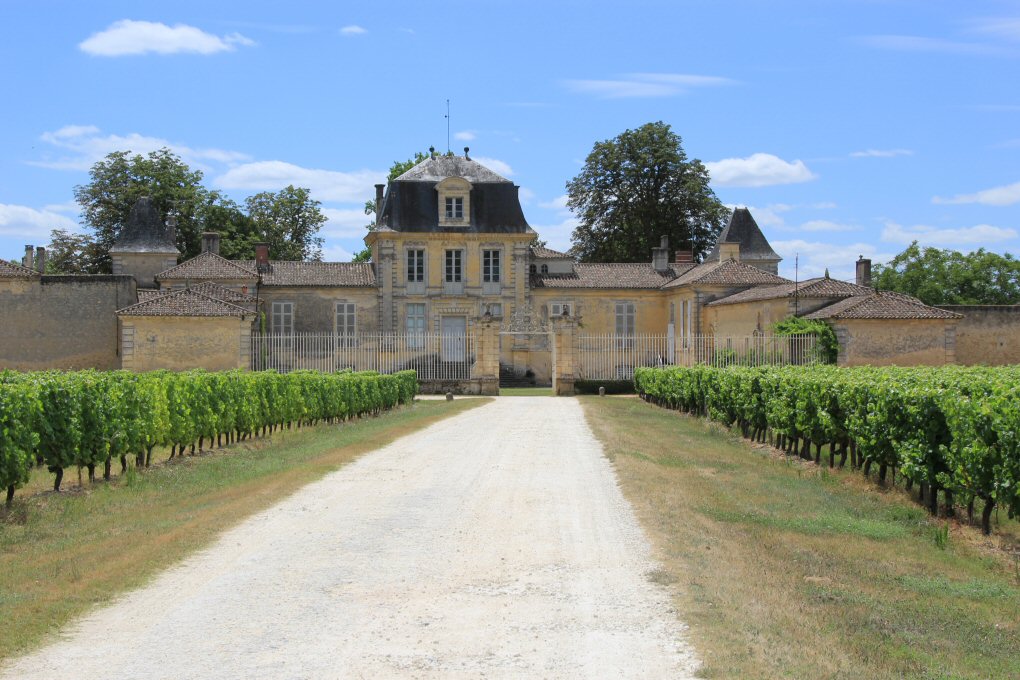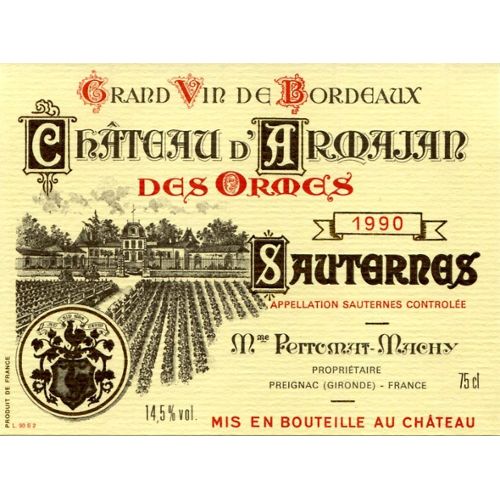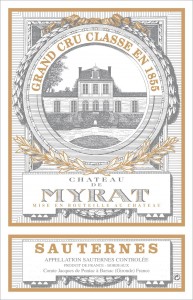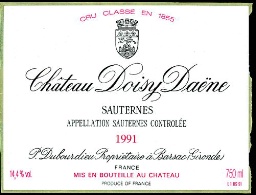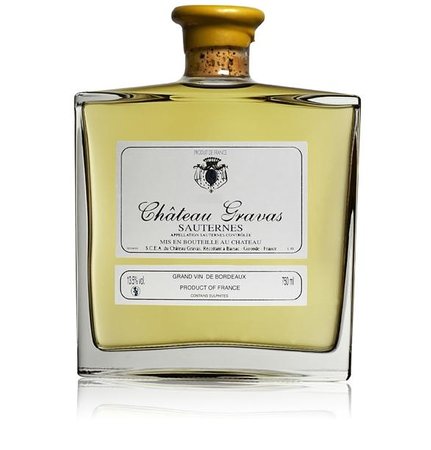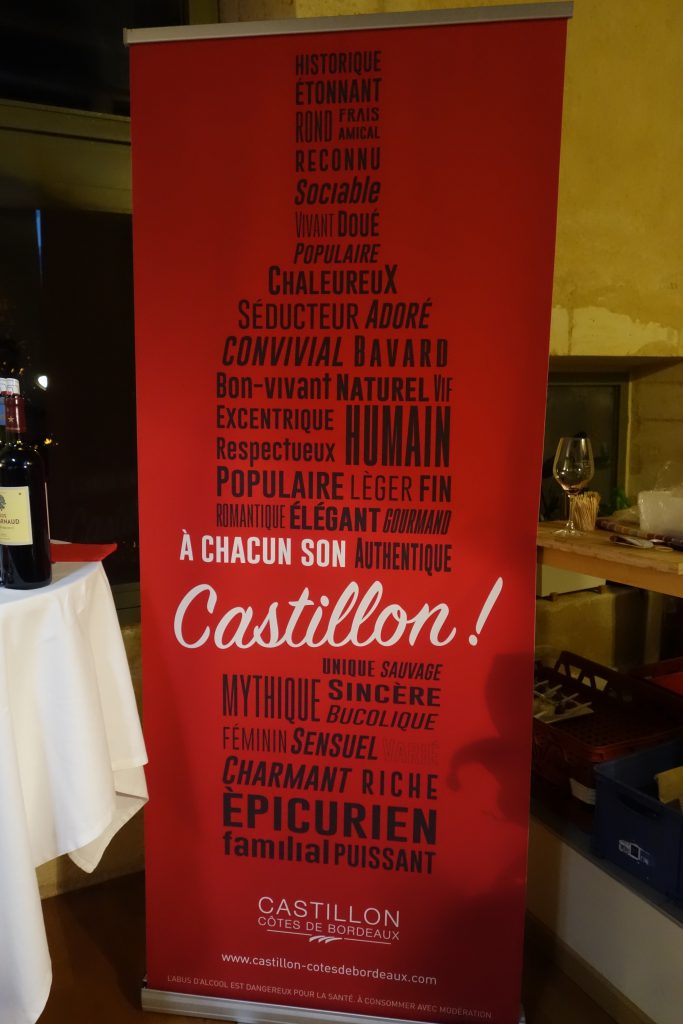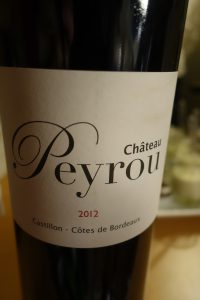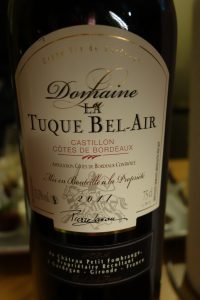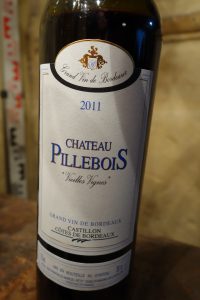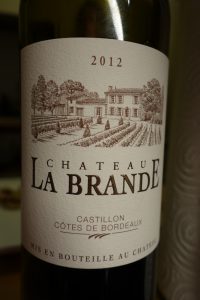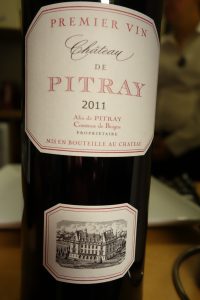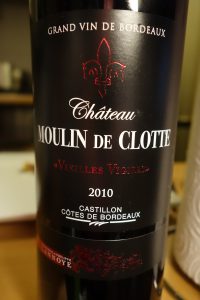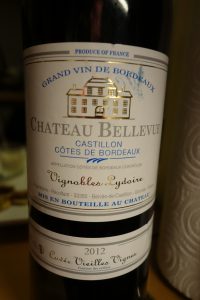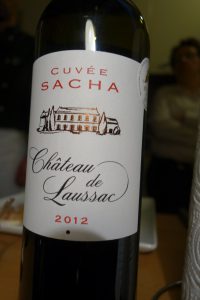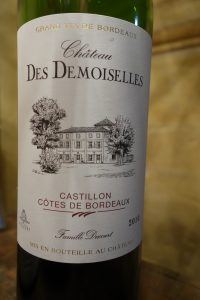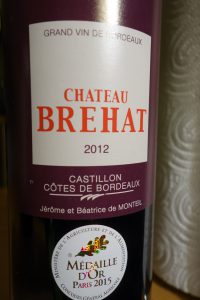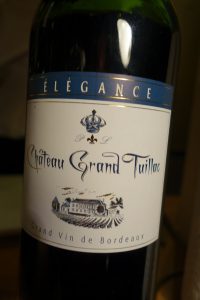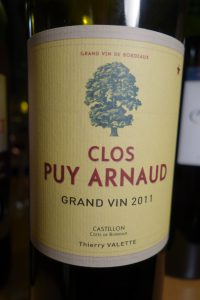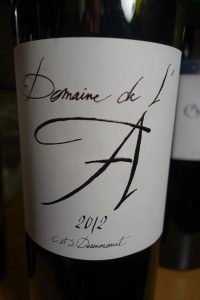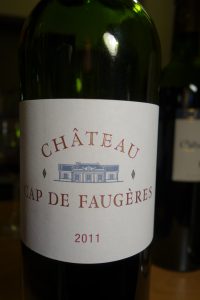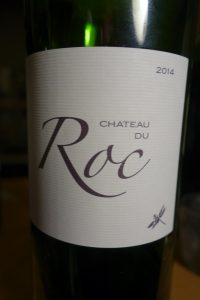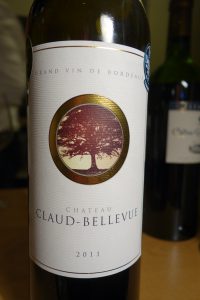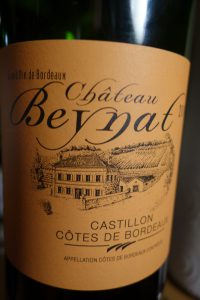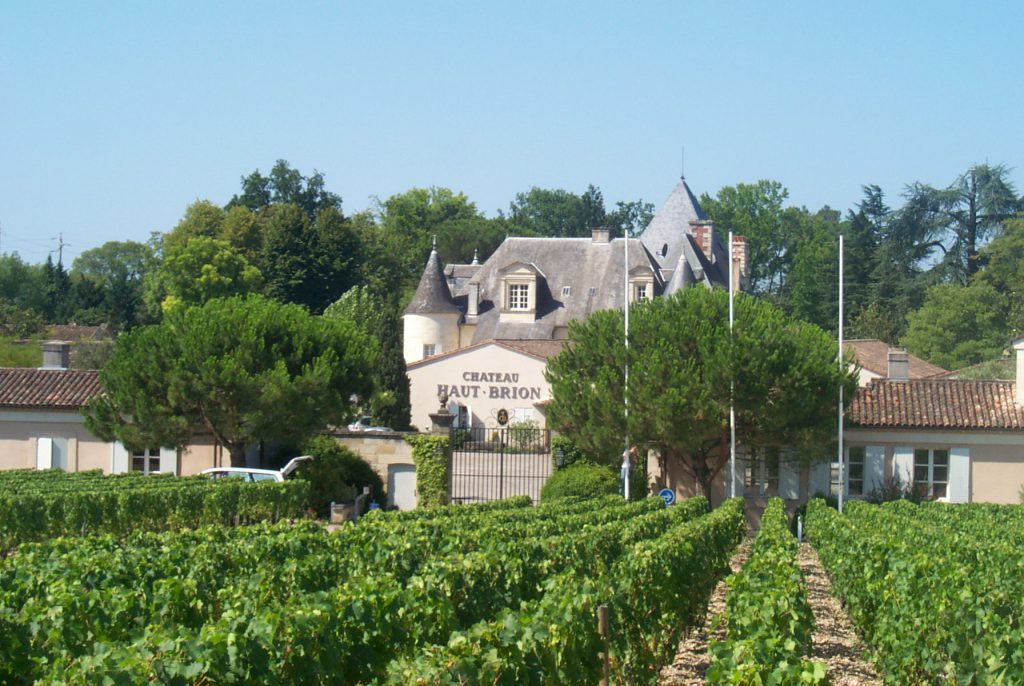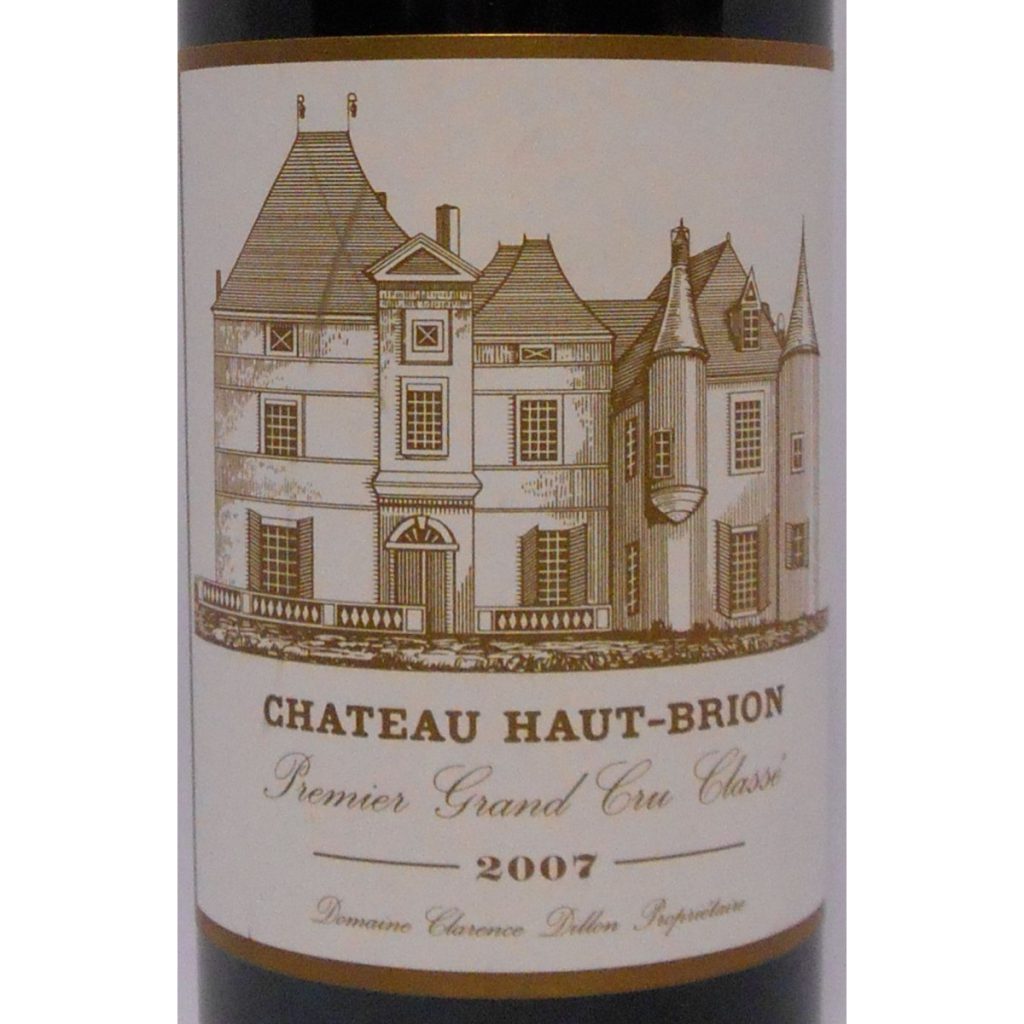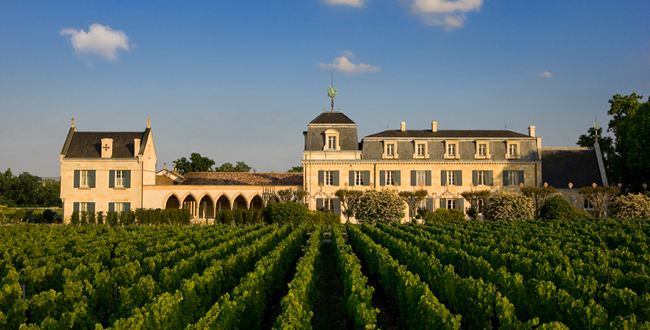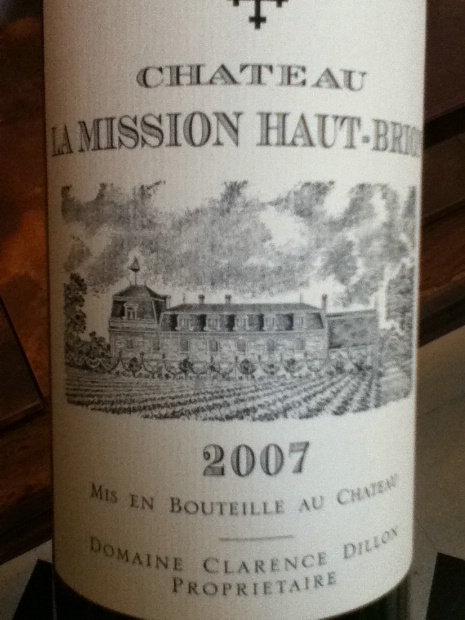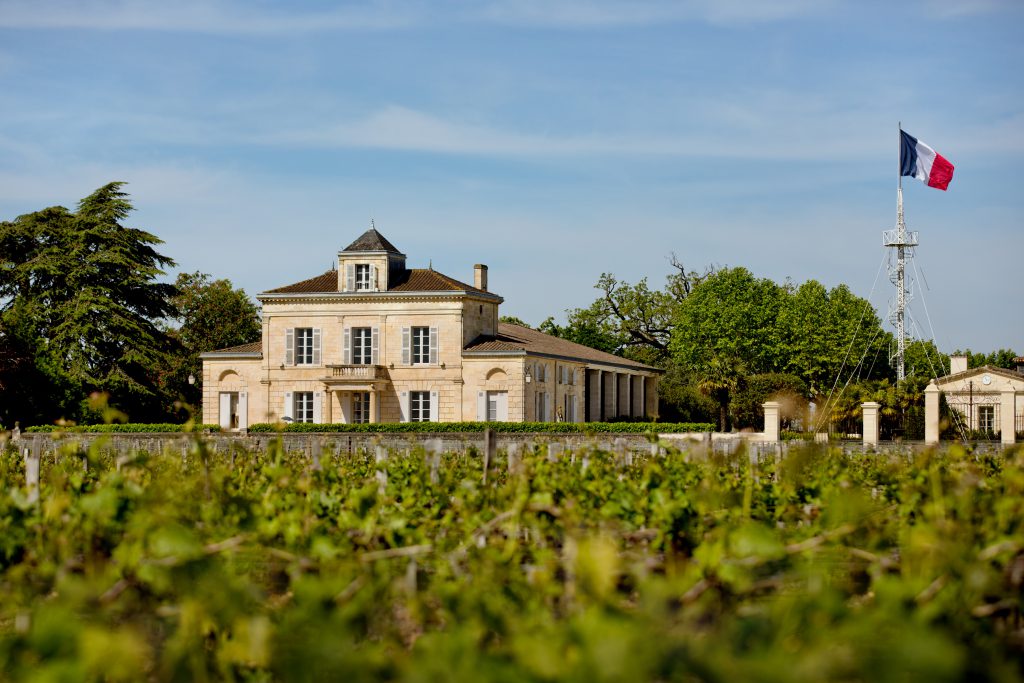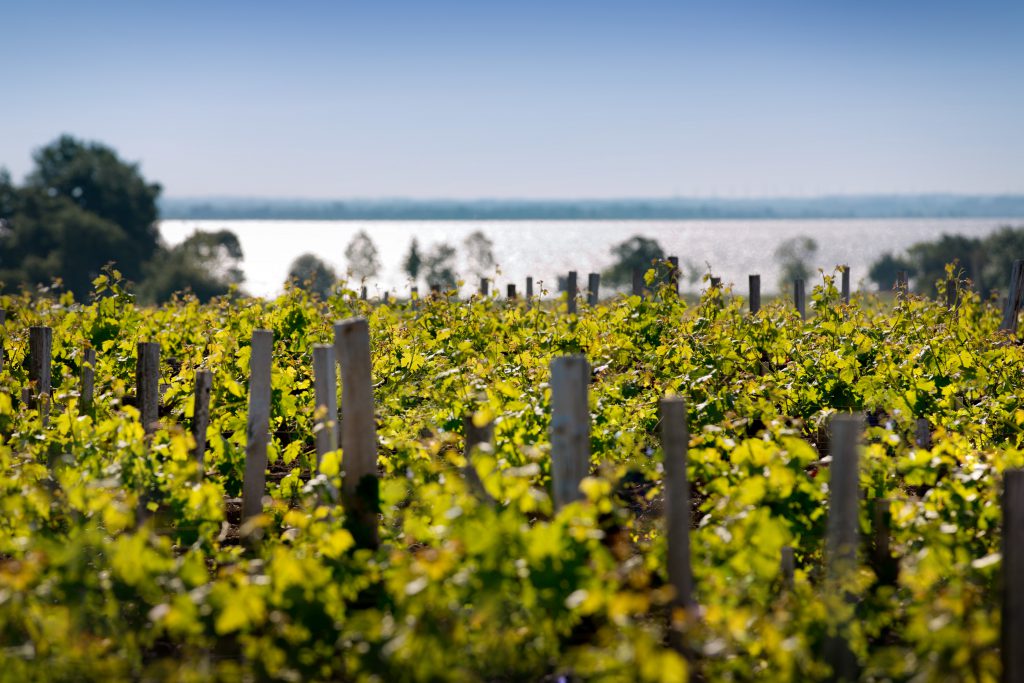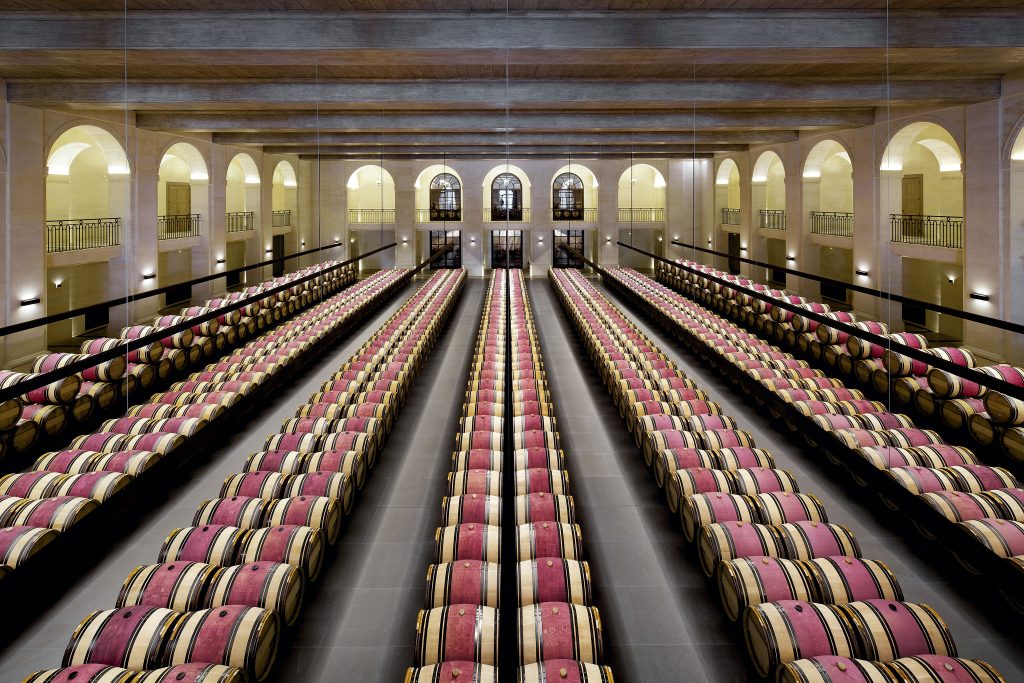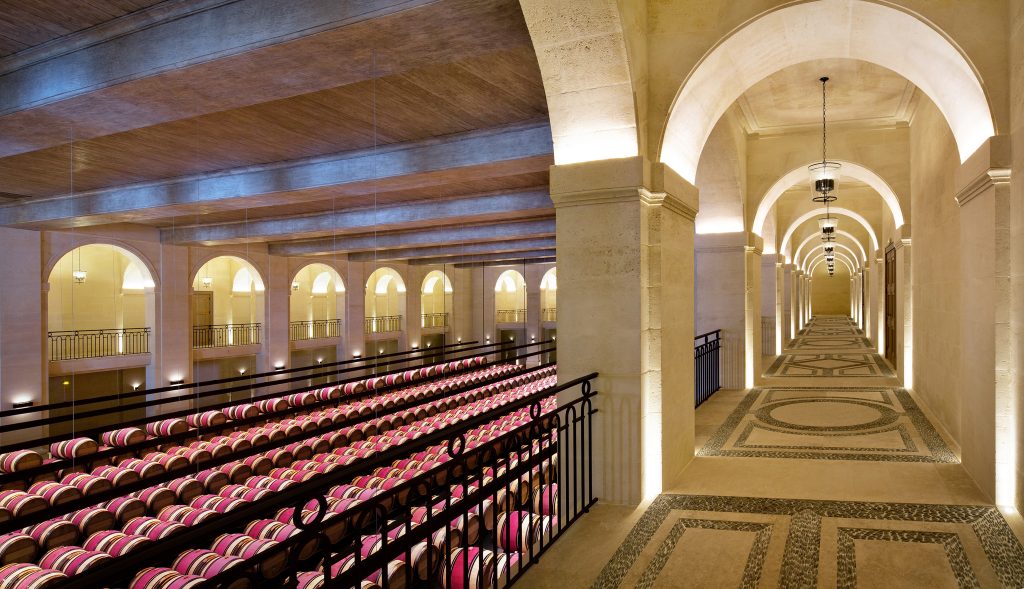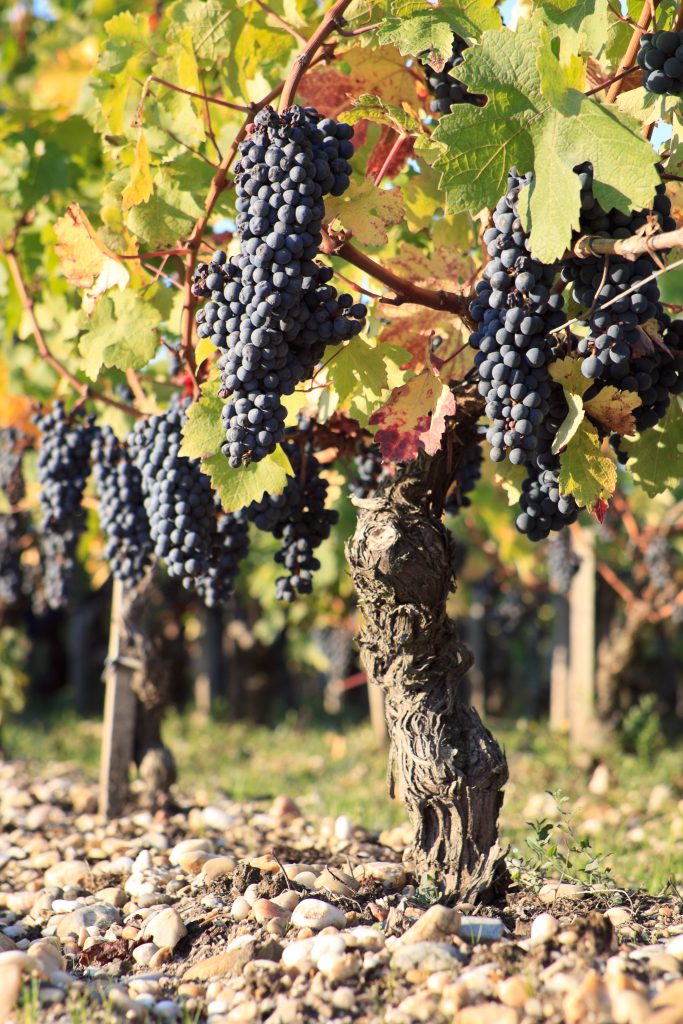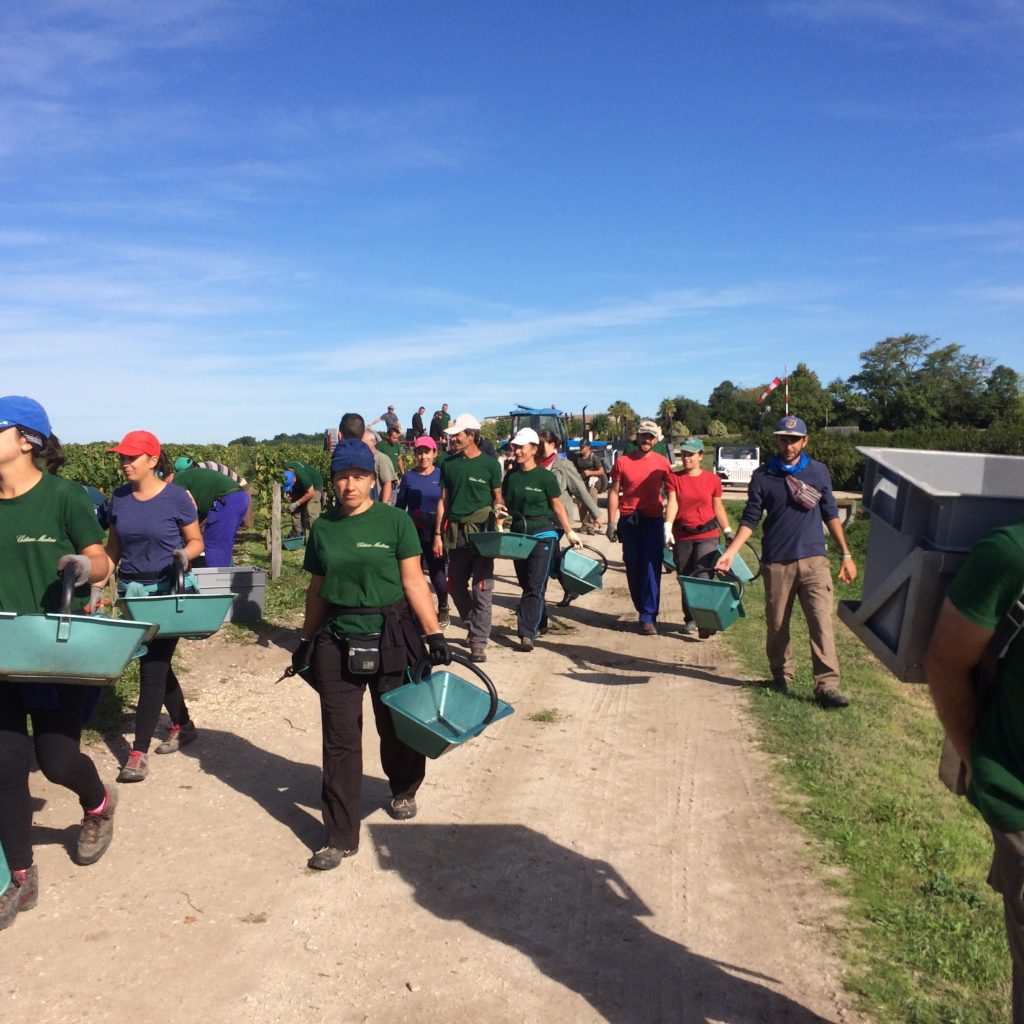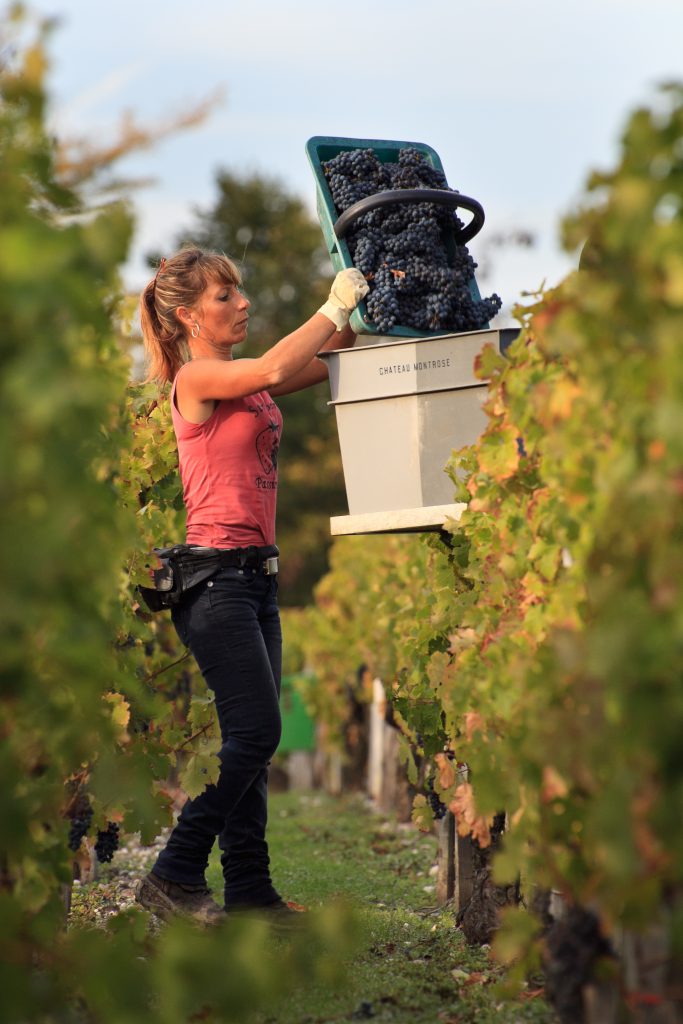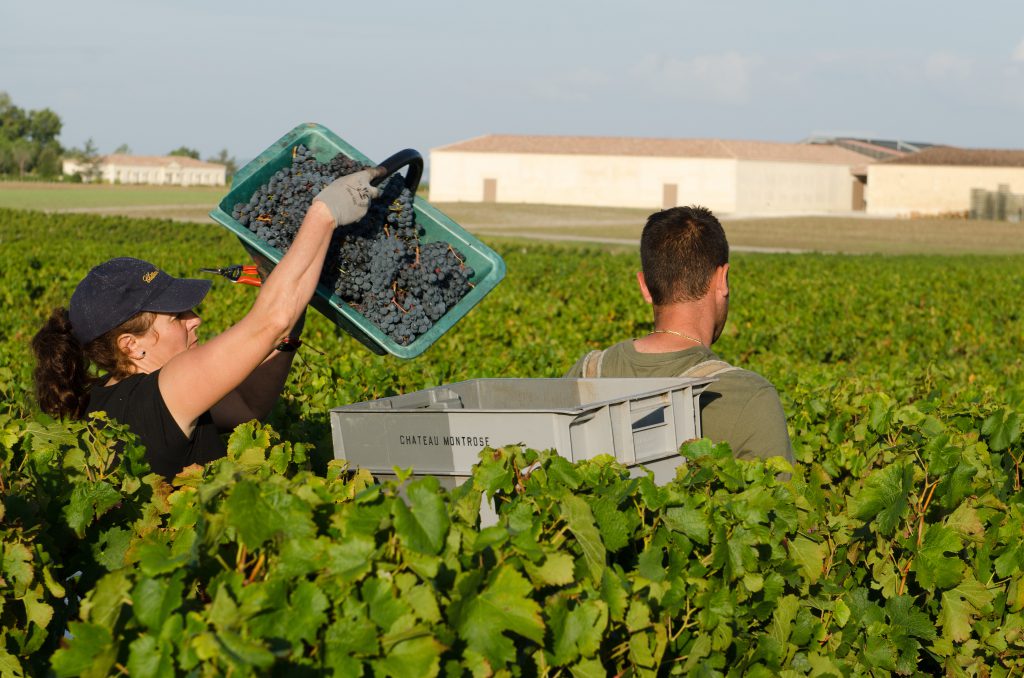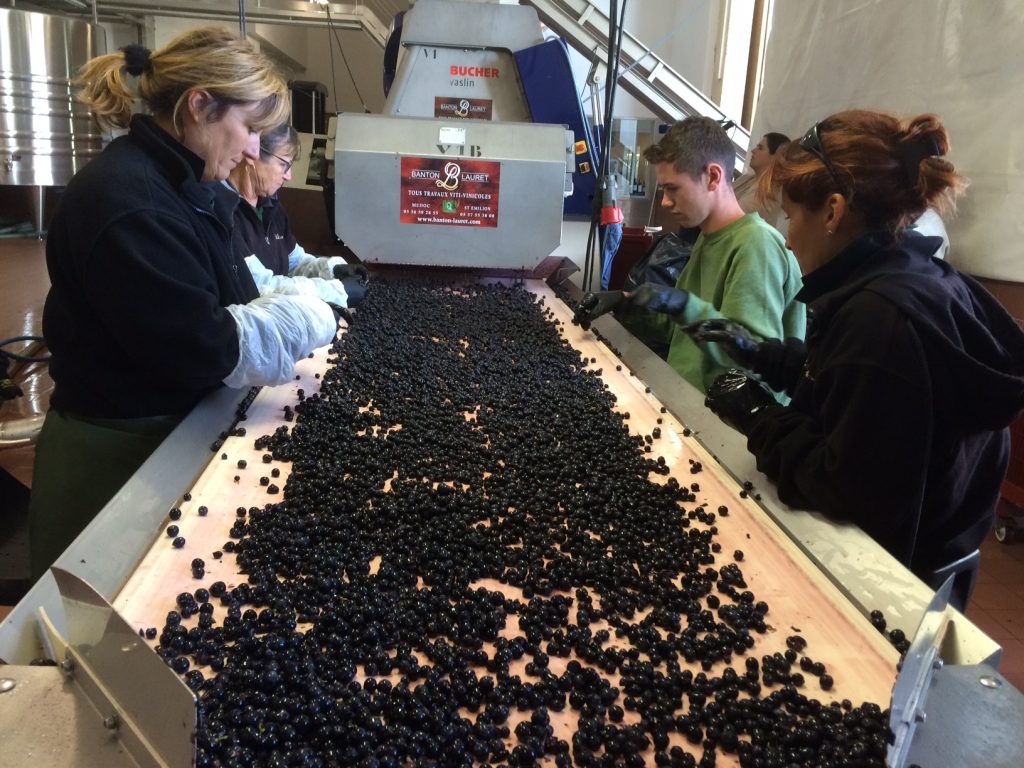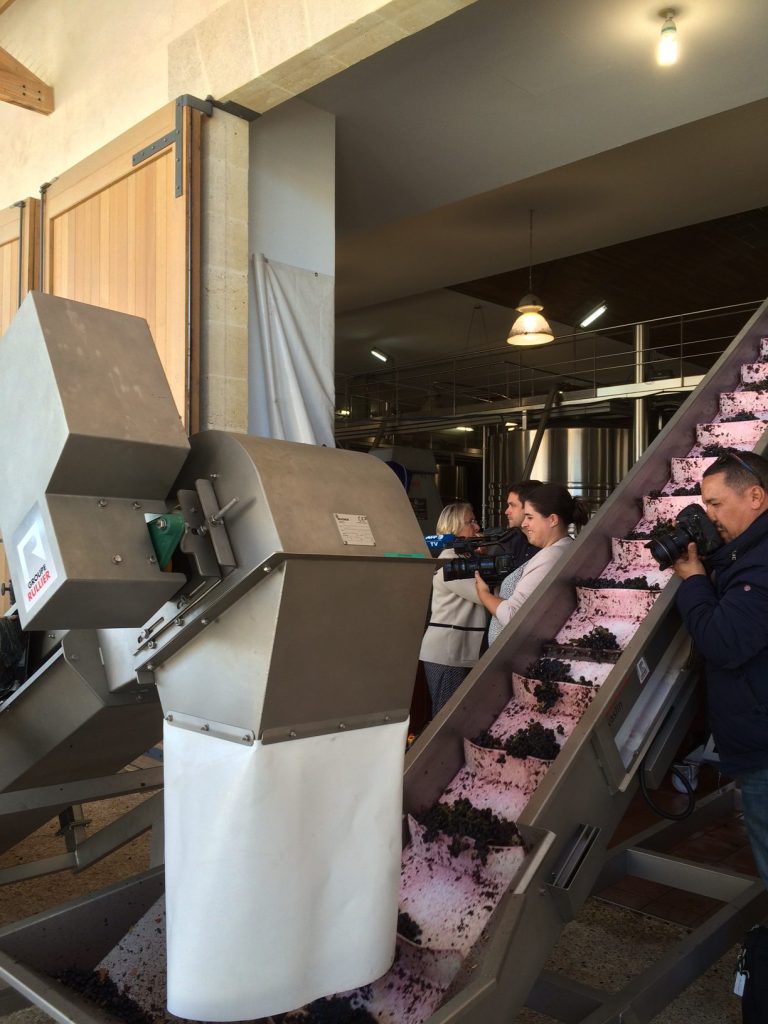As we go into en primeur week, this is the first “official” look at the 2016 vintage now that the wines have begun to age:
Professor Laurence GENY and Doctor Axel MARCHAL
Institute of Vine and Wine Sciences of Bordeaux University, Oenological
in conjunction
V. LAVIGNE-CRUEGE*, E. GUITTARD*, N. DANEDE*, C. BAZ*, L. RIQUIER*, A. BARSACQ* and Ph. PIERI**
*Institute of Vine and Wine Sciences of Bordeaux
University, Oenological Research Unit
** Institute of Vine and Wine Sciences of Bordeaux
University, UMR 1789 Functional Ecophysiology and Genomics of the Vine, INRA (the French National Institute of Agricultural Research)
It is always somewhat risky to announce a second great vintage in a row without appearing unduly optimistic. However, 2016 is unquestionably remarkable in Bordeaux, combining quality, quantity, and a very classic
Before looking into the effect of weather conditions on vine physiology and grape composition, let us once again consider the main parameters of a quality vintage in Bordeaux. A successful red wine vintage depends on five essential conditions:
(1) and (2) – Relatively quick flowering and fruit-set during weather that is sufficiently warm and dry to ensure good pollination and predispose towards even ripening,
(3) The gradual onset of water stress thanks to a warm, dry month of July in order to slow down and then put a definitive stop to vine growth no later than the beginning of véraison (colour change),
(4) Full ripening of the various grape varieties thanks to dry and warm (but not excessively so) weather in the months of August and September,
(5) Fine (relatively dry and medium-warm) weather during the harvest making it possible to pick the grapes in each plot at optimum ripeness without running the risk of dilution, rot, or loss of fruity aromas.
An incredibly wet spring was quite worrying for winegrowers at the time (danger of fungal diseases), but later proved to be a godsend. The soil’s water reserves were largely reconstituted, enabling the vines to cope with the exceptionally dry, hot summer. The grapes finished ripening during beautiful, relatively warm weather, with very little rain and cool nights. This unhoped for, simply incredible weather for Bordeaux made it possible to harvest deeply-coloured, aromatic grapes with beautiful acidity.
The best white wine terroirs in Bordeaux (limestone, clay-limestone, and clay-gravel soils) protected the vines from premature or overly severe water stress. Sauvignon Blanc grapes retained surprising aromatic freshness and acidity on these types of soils. The Sémillon grapes were also very successful: plump and tender.
The dry, hot summer of 2016 was also conducive to the perfect maturity of grapes in Sauternes and Barsac prior to the development of botrytis. This is a vital prerequisite for the quality of sweet white wines. Two short, but significant rainy periods triggered the development of noble rot starting in mid-September. This was followed by a return to an anticyclone propitious to concentrating the grapes. Very spread out in 2016, the harvest began in the latter half of September and finished in early November.
A mild and extremely wet winter, followed by a gloomy spring, caused a delay in vegetative growth.
Although 2015 ended on a particularly dry, sunny note, the first three months of 2016 had above-average rainfall with accumulated precipitation close to 500 mm compared to the 30-year average of 230 mm.
Despite this grey, wet weather, temperatures were mild. In fact, the winter of 2016 was the most clement since statistics have been kept. No daytime sub-zero temperatures were recorded and there was frost on just five days.
That is why the first signs of vegetative growth (swelling buds) that appeared in late February gave the discomforting impression of extreme precociousness. However, temperatures dropped to the seasonal average starting on the 20th of February and even less in the second ten-day period of March.
Cold temperatures in March and waterlogged soils due to heavy precipitation in the early part of the year delayed bud break, which began the last week in March, one week later than usual, but earlier than 2010, 2012, 2013, and 2015 (and later than 2011 and 2014).
Cool temperatures beginning in late February lasted until May. As often happens at that time of year, there were alternating warm and cold periods, with a large diurnal temperature difference that did not facilitate regular vine growth. Despite the rather early bud break, the weather until late May delayed vine growth. Phenological development was also slower than usual. This situation was compounded in some regions by frost on the last three days of April that caused major damage in localised areas.
This meant that, by late May, precocious vegetative growth was no longer the case and phenological maturity was comparable to 2014.
A providential window of fine, dry weather at the beginning of flowering limited coulure
After a gloomy winter and rainy spring, there was some apprehension about flowering. Depending on the type of soil and its water retention capacity, some vines showed normal development, whereas others with a skimpy leaf canopy or on cold clay soil were behind. That explains why coulure (as in 2013) was feared.
Flowering began during rainy weather in the last days of May. However, there was a providential window of dry, warm weather between the 3rd and the 11th of June. Mid-flowering in our reference vineyards took place around the 11th of June, i.e. 8 days later than the 20-year average (Table II). The change in the weather fortunately avoided widespread coulure. The end of flowering in certain late-ripening plots was slightly perturbed by a a final rainy period that caused some millerandage.
Fruit set occurred 8 days later. Bunches were relatively homogeneous and the number of seeds greater than average – the sign of good pollination.
After three days of rain in mid-June, beautiful weather finally set in and proceeded to lasted for quite some time. This definitively changed the nature of the vintage. High temperatures in the last ten days of June enhanced berry development. These grew very quickly, and became “pea size” by the end of the month.
At this stage, the first two prerequisites for a good vintage, i.e. quick even flowering and fruit set, were fulfilled in most plots. Overall maturity was uniform with little coulure.
An exceptionally hot, dry summer leading to lasting water stress
The remarkably fine weather in late June continued into July and August.
A few very hot days around the 15th of June degraded the herbaceous aromas without bringing growth to a halt. Rainfall was infrequent and light, while temperatures were normal and there was slightly more sunshine than usual. (Table I). Due to heavy winter rains, the lack of water stress during vegetative growth accounts for the rather large size of the berries. Bunch closure took place about the 20th of July, as in 2011 and 2015.
The water balance in late July was not conducive to stopping vegetative growth definitively (figure 6) or triggering véraison in a significant way, except on clay-gravel soils. The grapes first began to change colour in the last days of July on terroirs prone to early ripening. However, seeing as vegetative growth had not completely stopped, véraison got off to a slow start. It took until the first week of August for colour change to become noticeably widespread.
Water stress was accentuated by the absence of rain. The situation was comparable to 2010 midway through véraison. These conditions were conducive to good structure in the cell walls and the accumulation of phenolic compounds, as well as facilitating the end of véraison.
A halt to vegetative growth, the 3rd condition for a great red wine vintage, was attained by mid-véraison. Although this occurred slightly later than hoped, colour change was complete enough for a perfect start to ripening.
The month of August featured real summer weather. It was very hot (5°C more than usual) with a remarkable amount of sunshine (+30% compared to an average year). Fortunately, minimum night-time temperatures were close to the thirty-year average, and even less on some nights. This large diurnal temperature difference guaranteed the potential formation of anthocyanins, while limiting the degradation of aromas and acids in the grapes. The absence of major precipitation caused excessive water stress in some locations, especially in plots of young vines, ones with high yields, and ones with shallow soil.
Much-welcomed showers in early September gave a new boost to ripening
In late August, a few instances of scorching were noticed in vines that had undergone excessive leaf thinning and everyone began to wonder about the danger of inhibited ripening. A heat wave arrived in early September, with average temperatures of 30-32°C. The first 13 days of September were the hottest since 1950, reaching a record 37°C in Sauternes on the 12th of September.
A storm arrived from the Basque Country late in the afternoon of the 13th of September. It rained throughout Bordeaux the following night, with varying intensity depending on the region. A depression lasting three days brought as much as 40 cm of rain in some parts of Bordeaux.
However, the sun returned on the 20th of September and, with it, fine weather that lasted until the end of the harvest.
This rainy period gave a new impetus to ripening. Cabernet Sauvignon and late-ripening Merlot grapes benefited particularly from this.
A sunny mid-September and month of October virtually without any rain completed ripening and made for a leisurely harvest
Once again, the month of September was decisive for the quality of the vintage. October was dry and sunny, with cool nights making it possible to wait serenely for the best time to pick all grape varieties.
The rain in early September gave a boost to maturity, which nevertheless took more time than usual to be reached. The sunshine and relatively cool night-time temperatures were conducive to the unusually large accumulation of phenolic compounds, as well as the preservation of aromas and acidity.
These weather conditions stopped grey rot from developing, except in certain parts of Bordeaux where fairly heavy rain in early September forced winegrowers to pick early.
The rain in early September, followed by a dry, but not excessively hot period, ensured that ripening would start up again – the fourth condition for a great red wine vintage. The month of October was just as sunny, but cooler, enabling the Cabernets to ripen fully.
Despite the heat in June and July, the 2016 vintage was not particularly early.
The dry white wine harvest began in the Graves and Pessac-Léognan appellations at the very beginning of September, about one week later than in 2015. After a remarkably dry month of August, the grapes were in perfect condition, without a trace of grey rot. Although they quickly attained sufficient sugar levels, their potential fruitiness, which had stayed in the background for a long time, also came to the fore at the end of ripening. The showers in mid-September did not have a major effect on the grapes, which could be picked without any need to hurry. Yields were very satisfactory, especially for Sauvignon Blanc, where such prolific production had not been seen in years.
The freshly-picked grapes had lower sugar levels than in 2015, but in keeping with the previous 5-year average. Total acidity was slightly lower than in 2013, 2014, and 2015, and similar to 2011 (Table IV). The balance between sugar and acidity gave rise to hopes that 2016 would be a good vintage for white wines, especially those from soils where they are traditionally successful (limestone, clay-limestone, and clay-gravel) and which are conducive to retaining good acidity.
The red wine harvest began with the most early-maturing plots of Merlot in the third week of September, but most grapes were picked in early October, i.e. one week later than usual. Harvesting of the Cabernets and Petit Verdot went on until just after mid-October during sunny weather.
Therefore, the fifth and final prerequisite for a good red wine vintage – fine weather during the harvest – was perfectly fulfilled in 2016.
Ideal conditions for harvesting excellent quality grapes
The red wine grapes in 2016 were characterized by a reasonable degree of potential alcohol and an outstanding phenolic composition.
As opposed to other French regions adversely affected by violent weather, the vintage in Bordeaux was generous. This can be explained by the large number of grapes per cluster as well as their size. Because water stress manifested itself rather late, the berries were comparable in weight to 2015, but lighter than in 2010. The very low malic acid content – the lowest since 2009, except for 2011 – was due to the hot, dry summer weather.
These meteorological conditions enhanced the degradation of isobutyl-methoxypyrazine. This compound, responsible for “green pepper” aromas in Cabernet, was practically unable to be detected from the very beginning of the ripening.
Alternating cool nights and sunny days in September was conducive to the remarkable accumulation of anthocyanins. Content was higher than in 2015 or 2009, and close to 2011. Extraction took place slowly and varied according to grape variety. Extractability was greater for the Cabernets than for Merlot – proof of excellent maturity in the later-ripening varieties. Colour was deep and the tannin in the seeds was most often ripe and of high quality in 2016.
Due to the lack of rainfall until mid-September, botrytis took its time to appear and so grapes in Sauternes and Barsac were essentially concentrated at first thanks to raisining. However, showers on the 13th and 30th of September triggered the development of noble rot on perfectly ripe grapes, and their concentration was enhanced by the return of fine weather. Picking during the second trie, or pass, constituted the lion’s share of the best part of the harvest, which lasted until early November. The quantity of wine made at several estates reached a record high.
Good dry white and sweet white wines, and outstanding red ones
The 2016 dry white wines are good. They are fruity and flavoursome, less acidic than the three previous vintages, and well-balanced. The Sémillon wines were especially successful in 2016, adding body and softness to the blend, but without heaviness.
The great wines of Sauternes and Barsac are extremely pure. Very rich and showing candied fruit overtones, they display a style that emphasises power rather than bright aromatics or freshness.
At the beginning of ageing, the 2016 red wines give every indication of being outstanding. They have an amazing colour. They are also fruity, without any herbaceousness, and combine the tannic power of great vintages with a deliciously velvety texture. Their relatively high level of acidity gives them an admirable freshness and tremendous balance, without any hardness. The vintage is unprecedented, more classic than 2009 or 2015, and seems to have very long ageing potential.

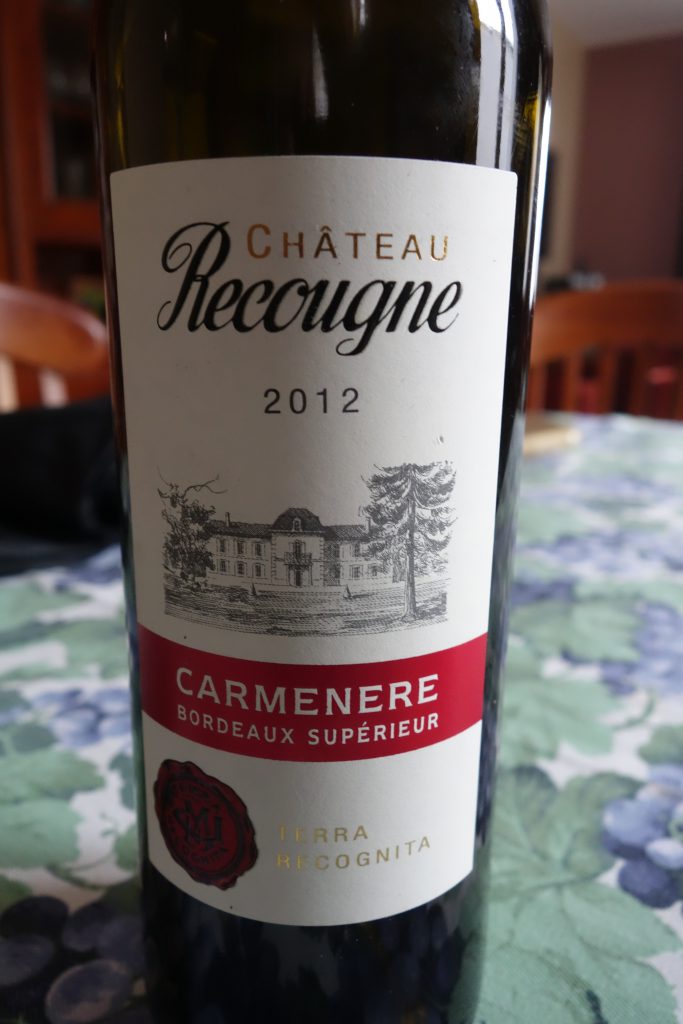
![20170217_165129_001[1]](http://www.bordeauxwineblog.com/wp-content/uploads/2017/02/20170217_165129_0011-e1487347617798-576x1024.jpg)
![images[8]](http://www.bordeauxwineblog.com/wp-content/uploads/2017/02/images8.jpg)
